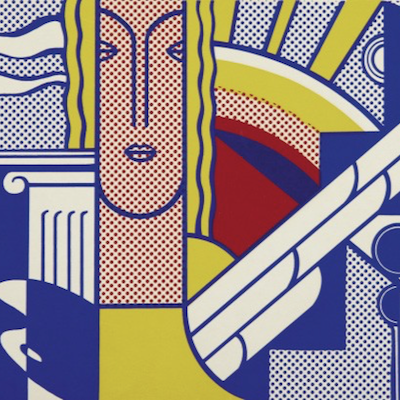
Details
Artist
Styles
Color woodcut on handmade Okawara paper -Signed, titled, dated and numbered in pencil // Standing II by Sean Scully, a color woodcut created in 1986, reflects the artist’s signature style of structured abstraction. Composed of layered, textured blocks, the artwork uses rich earth tones and muted blacks, emphasizing the raw, tactile quality of the woodcut medium on handmade Okawara paper. Each horizontal section, marked by irregular lines and subtle color variations, evokes a sense of rugged stability and quiet intensity. Signed, titled, and dated by Scully, this limited edition print combines geometric simplicity with expressive depth, embodying the artist’s exploration of balance, space, and materiality.
Standing II, 1986
form
Medium
Size
123.2 x 91.4 cm
- Inches
- Centimeters
Edition
Price
Details
Artist
Styles
Color woodcut on handmade Okawara paper -Signed, titled, dated and numbered in pencil // Standing II by Sean Scully, a color woodcut created in 1986, reflects the artist’s signature style of structured abstraction. Composed of layered, textured blocks, the artwork uses rich earth tones and muted blacks, emphasizing the raw, tactile quality of the woodcut medium on handmade Okawara paper. Each horizontal section, marked by irregular lines and subtle color variations, evokes a sense of rugged stability and quiet intensity. Signed, titled, and dated by Scully, this limited edition print combines geometric simplicity with expressive depth, embodying the artist’s exploration of balance, space, and materiality.
- Recently Added
- Price (low-high )
- Price (high-low )
- Year (low-high )
- Year (high-low )
What is late modernism?
Late Modernism refers to the continuation and evolution of Modernist principles in art, architecture, and literature from the mid-20th century into the late 20th century. This movement maintains a focus on form, abstraction, and the rejection of traditional styles, but it often incorporates more complexity and ambiguity compared to early Modernism. Late Modernism explores themes such as alienation, identity, and the fragmentation of reality, reflecting the social and cultural shifts of the post-war period. It is seen in the works of architects like Louis Kahn and artists like Francis Bacon, who pushed the boundaries of Modernism while responding to the changing world around them.















